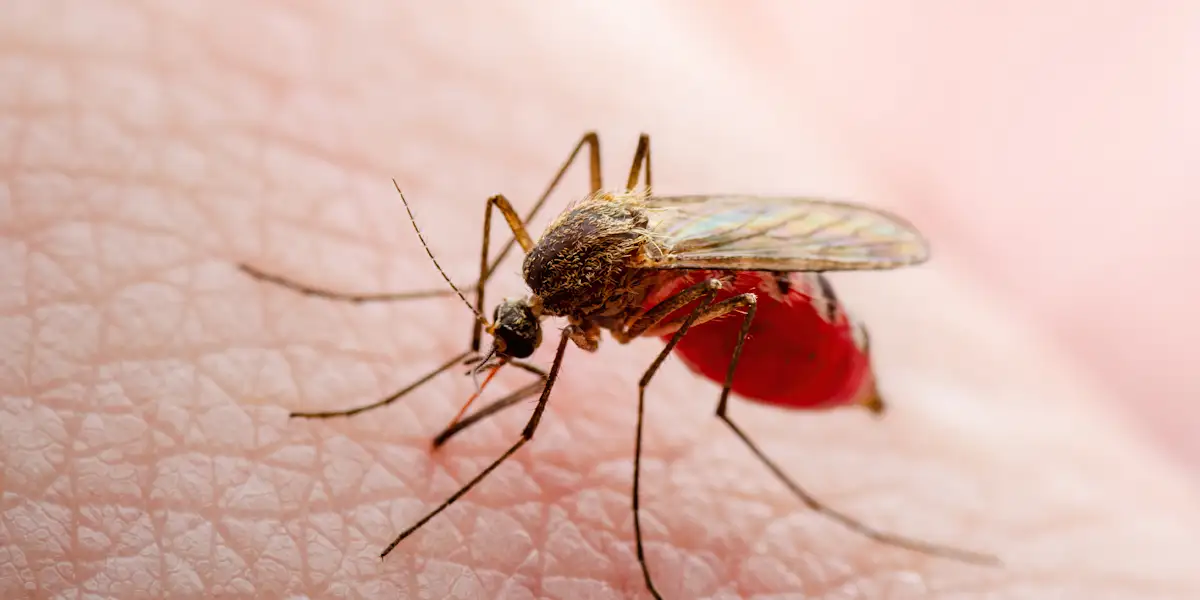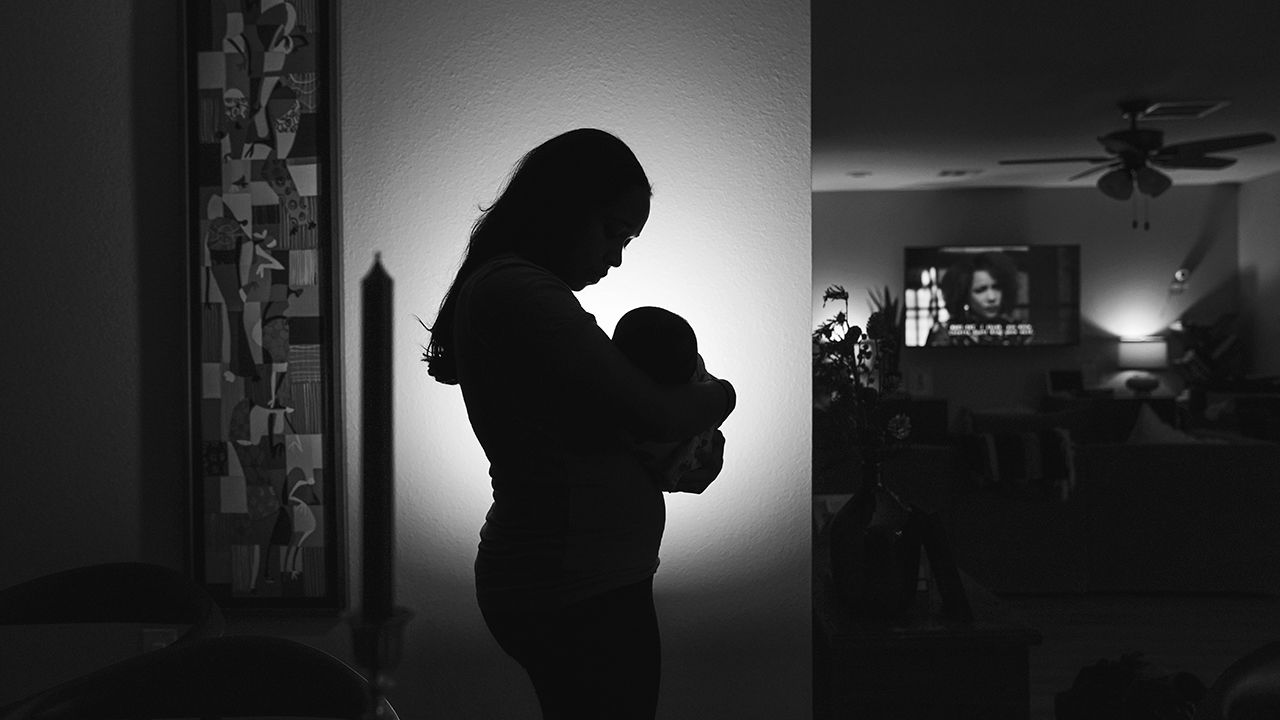Danger Zones: CDC Sounds Alarm on Rapidly Spreading Dengue Threat

Dengue Virus: A Growing Threat in US Regions
As summer temperatures rise, health experts are sounding the alarm about persistent dengue virus transmission in select parts of the United States. This mosquito-borne illness, once considered primarily a tropical disease, is increasingly making its presence known in American communities.
What makes dengue particularly concerning is its potential for rapid spread and serious health complications. The virus, transmitted through the bite of infected Aedes mosquitoes, can cause a range of symptoms from mild flu-like conditions to severe, potentially life-threatening complications.
Key Signs to Watch For:
• High fever (104°F or higher)
• Severe headaches
• Pain behind the eyes
• Muscle and joint pain
• Unusual skin rashes
• Mild bleeding from nose or gums
Regions at Higher Risk:
Southeastern states like Florida and Texas, along with parts of Hawaii, are experiencing the most significant dengue activity. Residents in these areas should be especially vigilant about mosquito prevention and personal protection.
Prevention Tips:
• Use EPA-registered insect repellents
• Wear long-sleeved clothing
• Eliminate standing water around homes
• Use window and door screens
• Consider mosquito nets in high-risk areas
If you experience persistent symptoms, seek medical attention promptly. Early detection and proper medical care can significantly improve outcomes for dengue patients.








